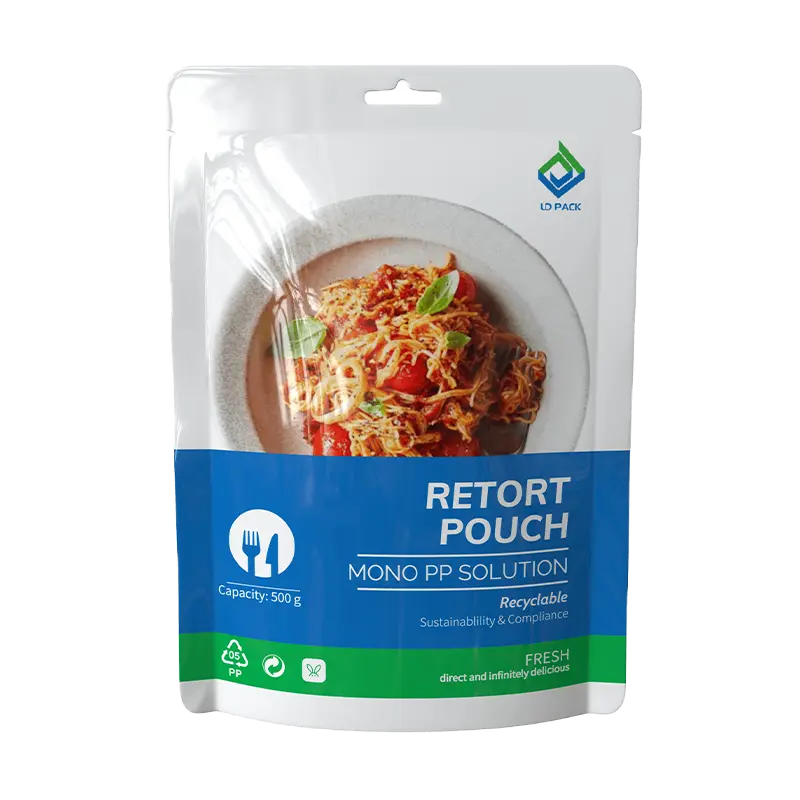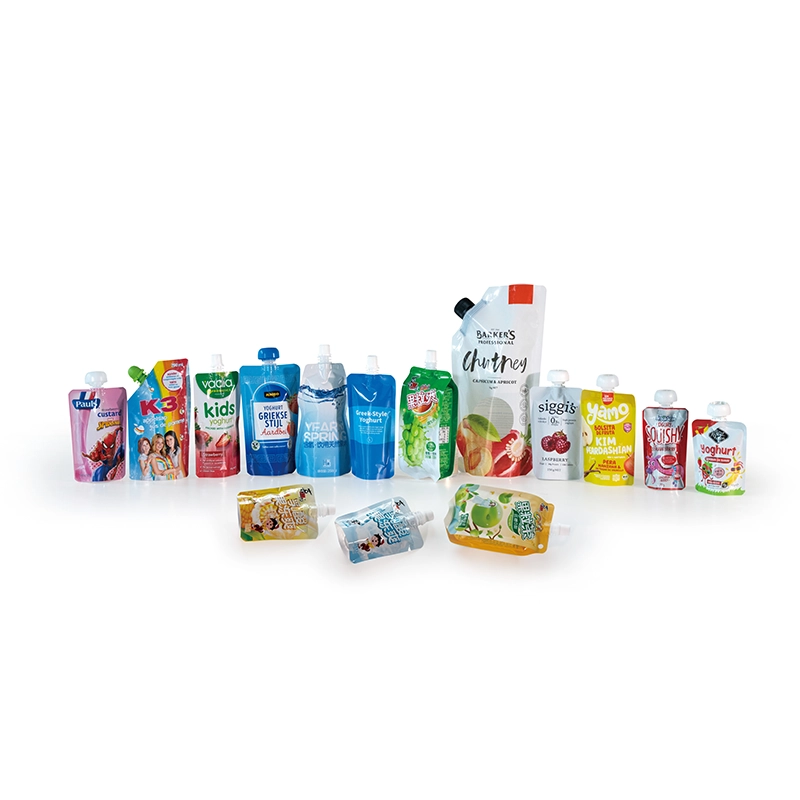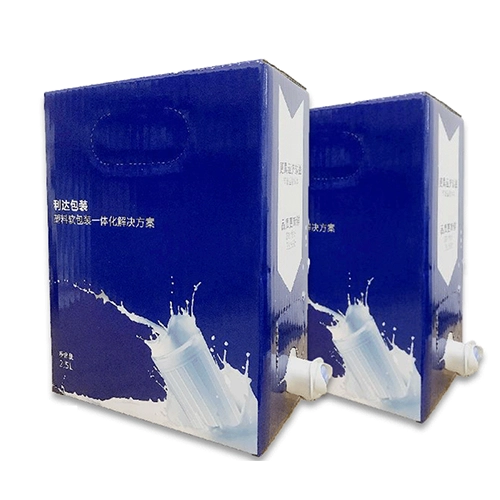Content resistance of functional design of flexible packaging
Stress cracking and penetration of contents cause deterioration of interlayer peel strength. The mechanical strength of the composite film is reduced due to interlayer peeling, the migration of the heat-sealing layer film additives to the content, and the content components are absorbed by the heat-sealing layer film, all of which are related to the content resistance of the heat-sealing layer plastic film. Therefore, when selecting the heat sealing layer, attention should be paid to the content resistance of the resin, especially the grease resistance and surfactant resistance.
This typical phenomenon occurs in aluminum foil composite bags. When it is packed with mustard, hot sauce, pickles, juice, jam and other products, after a period of storage, the peeling fastness will be greatly reduced, and delamination will occur in severe cases. These acidic foods contain low-molecular-weight organic acids such as lactic acid, acetic acid, and Vc. When these acids penetrate and migrate into the adhesive layer, they accumulate between the aluminum foil and the adhesive film, and the aluminum foil reacts with these organic acids to form organic aluminates, resulting in a decrease in the peel strength or separation between the inner layer material and the aluminum foil. Therefore, the corresponding adhesives and inks should be selected for different contents.
The most demanding requirements for content resistance are pesticide flexible packaging bags. Due to the complex composition of pesticides, there are water-soluble pesticides and oil-based pesticides, and the corrosiveness is also quite different. Especially in the production of pesticide bag packaging, the prerequisite is that the inner layer composite substrate requires good barrier properties and corrosion resistance. Secondly, the adhesive is required to have strong corrosion resistance, and an adaptability test must be done during production. The pesticide will be packaged in the produced packaging bag, and then placed in a curing room at about 50°C for a week at high temperature to see if the packaging bag is in good condition. If it is in good condition, it is basically determined that its packaging structure can hold this pesticide. If there is delamination or leakage, the pesticide cannot be packaged.




